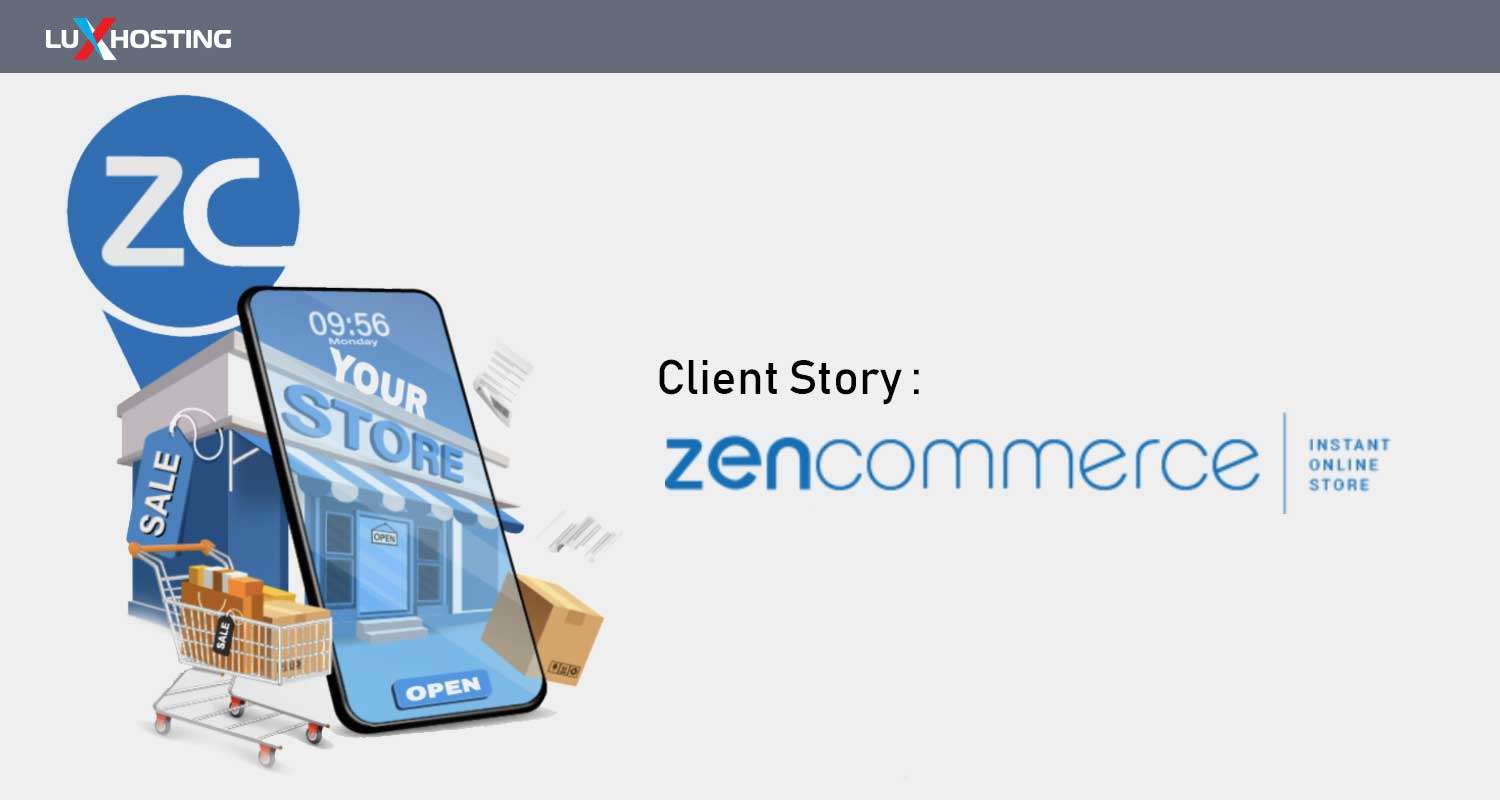Understanding the difference between a new domain and a subdomain is the crucial step in deciding which option is best for you and your website. A new domain is an independent website with its own unique content, while alternatively a subdomain is a specific webpage in a directory on the main domain but operates independently. When we mention subdomains within this article, we will be referring to a directory created within your root directory on your website which functions as an independent website, complete with its own admin and content files. A subdomain can be created that uses WordPress as its CMS with the address site2.yoursite.com in a new folder called site2 in yoursite.com’s root directory and then installing WordPress into the site2’s folder. Options available to you for creating subdomains for your website include:
- Primary domain: www.yoursite.com
- Subdomain: blog.yoursite.com
- Domain: yoursite.com/ourstory
- Subdomain: portfolio.yoursite.com
- Subdomain: shop.yoursite.com As you can see there is a distinct difference between the primary domain of your main website and the subdomain that you can create within your website’s root directory. There are pros and cons to using either option and this article hopes to discuss them in-depth. What’s better a subdomain or a new domain?
Which is best, a subdomain or a new domain?
 Making the choice between a subdomain and a new domain depends entirely on the purpose of the website you are creating as well as the differences and purpose of the two as we highlighted in the introduction. There are three options to take into consideration when deciding.Option 1: You want to establish a new brand name or match a domain with a specific branded product like yourproduct.com however, you may want to widen the range of products or services by promoting it on its own website under a broader umbrella-like yourproducts.com. Using a domain name that matches your brand in a broad spectrum and speaks to all of your products and services will be a better choice than a specific product domain name. Consider giants like amazon.com.Option 2: You have a popular money-making domain name and want to begin promoting other products, services or content that are not connected with your original website domain.Option 3: You have a personal website with a domain like mysite.com that has reasonable traffic and want to use as a marketing tool to promote some new products and services.
Making the choice between a subdomain and a new domain depends entirely on the purpose of the website you are creating as well as the differences and purpose of the two as we highlighted in the introduction. There are three options to take into consideration when deciding.Option 1: You want to establish a new brand name or match a domain with a specific branded product like yourproduct.com however, you may want to widen the range of products or services by promoting it on its own website under a broader umbrella-like yourproducts.com. Using a domain name that matches your brand in a broad spectrum and speaks to all of your products and services will be a better choice than a specific product domain name. Consider giants like amazon.com.Option 2: You have a popular money-making domain name and want to begin promoting other products, services or content that are not connected with your original website domain.Option 3: You have a personal website with a domain like mysite.com that has reasonable traffic and want to use as a marketing tool to promote some new products and services.
1. Existing Branding You Want to Retain
Time to dive deep into these options. So, if you have a website that exemplifies your brand and want to use it to propel a new product line or extend your existing product net, should you do so by creating subdomains for new products? For example, you may have a baking site, sweetpastry.com, that mainly focuses on baking supplies and equipment. Your website starts doing really well and your brand awareness is expanding, it would not be wise to throw away that brand recognition by creating a new domain name for new baking supplies. When your website/brand is exceeding your expectations and doing well it is best to use the momentum to further your brand’s impact. So, if you hope to introduce a brand of stand-up mixers, making a new domain called sweetmixers.com would not make your audience associate the website with your brand sweetpastry.com.
Subdomains Support Brand Recognition
Use your brand’s recognition to your advantage. In order to do this, make good work of subdomains. Set up a subdomain for each new product line you hope to introduce to your baking website sweetpastry.com. For example, your new standup mixers can be marketed on a subdomain mixers.sweetpastry.com, similarly, you can do this for various products like recipe books, mixing bowls, and any other utensils. This is a logical URL structure with the added benefit of a branding opportunity to help your audience connect the new products with your existing brand. You can use this model in your own business as it suits your brand, its focus, and its recognition as your business expands. Subdomains enable you to use the existing reputation and popularity of your established brand to help propel new products and services to your audience while building your audience and customer base further.
2. Specific Domain Name
Let’s go back to our original domain example, sweetpastry.com. We’ve decided to switch gears from baking and go into fitness equipment. Perhaps your customer base has expanded waistlines now and need to lose a few pounds. You can easily switch focus by adding a subdomain to your website fitness.sweetpastry.com to encourage your users to get fit. While this may seem convenient, fitness does not go hand and hand with the Baking Industry. Having it associated with your established brand is not cohesive from a marketing strategy nor does it sound logical. In this scenario, it would be better to start an entirely new business around fitness with its own branded domain name. Because this business is a stand-alone it would be a best-case scenario to have its own unique website. That way when customers are looking for fitness equipment, advice, products and apparel they can associate it with an independent brand. Again, you want to build brand awareness industry to industry when those two products are not directly associated.
3. A Generic Domain Name
We circle back to the Amazon.com example from earlier. Creating a generic domain name for a large umbrella company with various products and services can work great when adding new products and services. Especially, if it takes off and becomes popular with strong brand awareness. Sometimes it works better when it's not linked to a specific product or industry lead domain name like sweetpastry.com. With a broad yet generic domain name, you can easily add subdomains when you want to add new products that you wish to stand alone and have specific content. As your brand grows it can become a go-to for all sorts of products and services in the same way Amazon has grown to be. Alternatively, you can register new domain names for each new product launch but that can become costly and hard to manage. With a subdomain, you can easily add various mini-websites for each stand-alone product and simply explain it on the homepage or About page of your main website. Of course, you can have a catalogue and navigation menu that can lead your site visitors to the pages they wish to view or products that want to browse. Amazon does this effortlessly with its website. On the other hand, Amazon also makes use of new domains for some of its brands like Wholefoods and Audible. Subdomains though are great and can even make you rank high on search engines.
SEO Benefits of Subdomains
Your SEO game can get a boost by using subdomains. Why? Because when you use subdomains they lets search engines know exactly what each new page is about and enables them to be better indexed. Other boosts to SEO include:
- Your niche/industry and branding authority are preserved.
- You can link between various subdomains.
- Your main domain will transfer domain authority to each subdomain.
- Each subdomain will have a part to play, along with the primary domain, to boost on-page SEO and raise the bar.
- Management of your website is easier with one domain and various subdomains and boosting SEO is made that much easier.
Conclusion
Pros for Subdomains include increased brand awareness with the ability to promote a variety of products associated with your brand. Plus, a website's SEO is boosted when Googlebots crawl your original domain it hits the subdomains as well helping your index value. Your workload is infinitely less. When it comes to using a new domain, it is best when you need to create entirely new business and brand for a product or service that is in a different industry or niche from your original website. Whatever you decide, knowing the difference between the two is the best way to choose what will best serve your brand and business.



